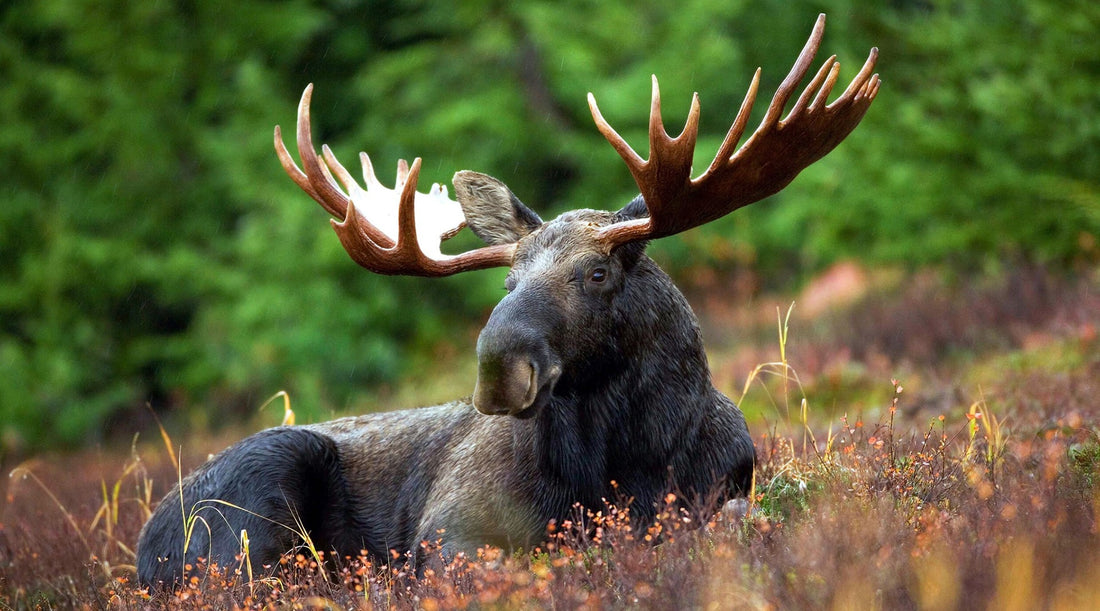Moose, the majestic giants of the northern wilderness, are typically docile creatures, but encounters can quickly become dangerous, especially during certain seasons.
Understanding moose behavior and knowing how to respond is crucial for hikers and backpackers to ensure a safe coexistence with these animals. Below, we'll explore moose encounters and break down how to survive a potential moose attack.
Understanding Moose Behavior:
Moose are generally peaceful animals, but they can become aggressive, especially during certain situations:
- Calving Season: Female moose (cows) are particularly protective during calving season (spring), and encounters with dogs or humans may trigger defensive behavior.
- Mating Season: Bull moose can become aggressive during the rutting season (fall) when they compete for mates. They may perceive humans as potential rivals.
Tips for Surviving a Moose Encounter:
Understanding how to react during a moose encounter is essential for hikers and backpackers:
-
Stay Calm and Assess:
- If you encounter a moose, remain calm. Do not approach or make sudden movements. Assess the moose's behavior from a safe distance.
-
Keep a Safe Distance:
- Maintain a distance of at least 50 feet (15 meters). Give moose plenty of space, especially if they show signs of agitation such as raised hackles, ears back, or stomping.
-
Avoid Eye Contact:
- While maintaining awareness, avoid direct eye contact with the moose. In the animal kingdom, direct eye contact is often seen as a challenge.
-
Back Away Slowly:
- If the moose seems agitated, back away slowly without turning your back. Create distance and give the moose an escape route.
-
Use Trees or Terrain as Barriers:
- If a moose appears aggressive, position obstacles such as trees or rocks between you and the moose. These barriers may discourage a charging moose.
-
Do Not Run:
- Running can trigger a moose's chase instinct. Instead, back away slowly. Moose are faster than they appear, and attempting to outrun them is not a viable option.
-
Speak Calmly:
- Speak in a calm and low voice. This may help convey that you are not a threat.
-
If Charged:
- If a moose charges, run and seek refuge behind a large object like a tree. Moose are not natural predators, and breaking their line of sight may discourage further aggression.
Preventive Measures:
Taking preventive measures can reduce the likelihood of moose encounters turning aggressive:
-
Keep Dogs Leashed:
- Unleashed dogs can trigger defensive behavior in moose. Keep dogs on a leash and under control.
-
Be Aware of Your Surroundings:
- Stay alert in moose habitats. Look for signs of moose, such as tracks or droppings, and be cautious in areas with dense vegetation.
-
Travel in Groups:
- Moose are less likely to feel threatened by groups of people. Traveling in pairs or groups can enhance safety.
Conclusion:
Encounters with moose can be awe-inspiring, but understanding their behavior and knowing how to react is paramount for hikers and backpackers. By staying calm, maintaining a safe distance, and following these guidelines, outdoor enthusiasts can coexist harmoniously with these magnificent creatures.
Remember, respect for wildlife and responsible behavior in their habitats contribute to a safer and more enjoyable outdoor experience.

